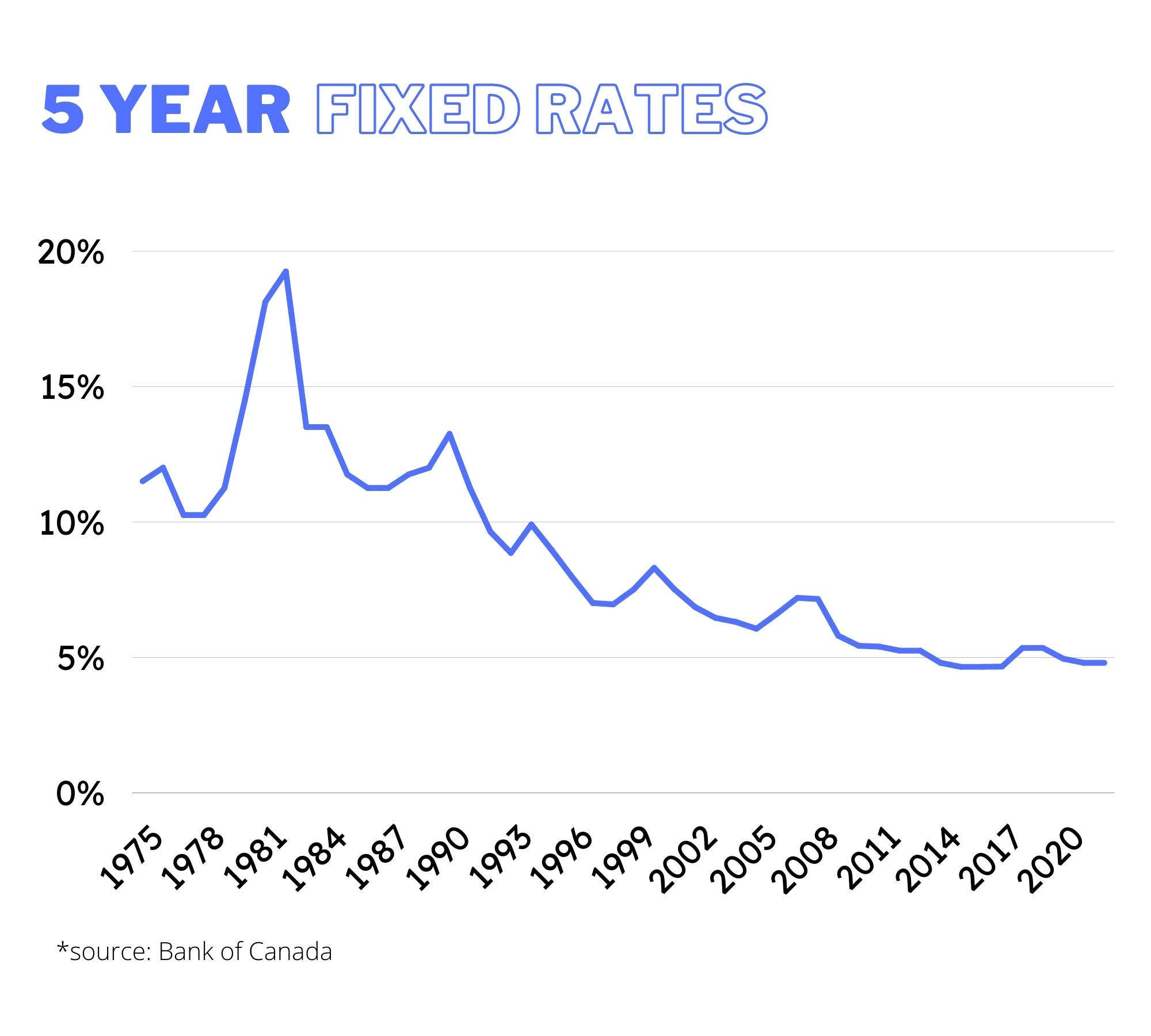Blog > Bank of Canada Hikes Rate by 1%
The Bank of Canada increased its key interest rate by a whole percentage point on Wednesday. This is the largest rate hike the country has seen in 24 years and 0.25% higher than what was expected heading into this weekend.
Indicating the governments aggressive approach to tackling rapidly increasing inflation in Canada, which sits at a 39-year high of 7.7%, we should expect to see some more increases in the future.
This rate hike will impact mortgages as lenders are usually quick to follow with similar rate hikes matching the BoC rate.
The BoC kept rates low during the pandemic in an effort to fuel the economy and keep things afloat while businesses were shut down. With historically low lending rates we saw the housing market skyrocket and inflation grew at an unsustainable pace. Lending rates were kept low even while the housing market was ramping up.
With the average home price in Canada now averaging over $700,000, and the average price in Vancouver and Toronto both averaging over $1 Million, the government and central bank have taken the position to step in and cool things off. The liberal government announced that they would be putting a ban on foreign home buyers for the next two years, and now with interest rates increasing we are definitely seeing the effect on the real estate market.
Home sales have slowed down as first time home buyers are priced out of the market with a lowered qualifying loan amount and some are just waiting on the sidelines to see what happens over the next few months.

The current interest rates are low compared to historical rates posted by the Bank of Canada. In recent years the 5 year fixed rate has hovered around 5 - 6%. In 2018 the government introduced a stress test to make sure homeowners could qualify if their interest rate increased. The stress test requires the borrower to qualify for the current rate plus 2% but allows them to borrow at the current interest rate.
While we've seen home sales slow down, it has mostly been government policy incduced in order to cool the red hot market that was created with near zero percent interest rates.
